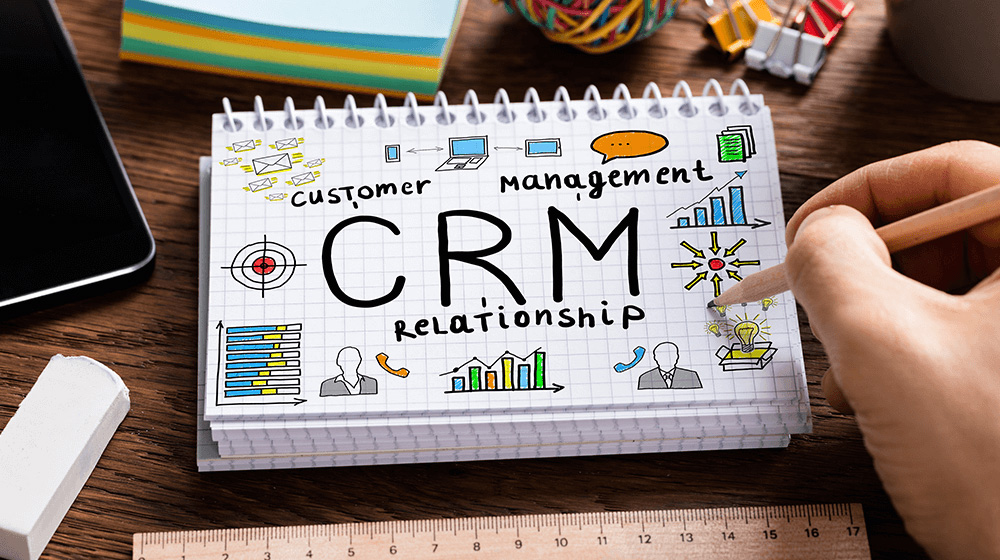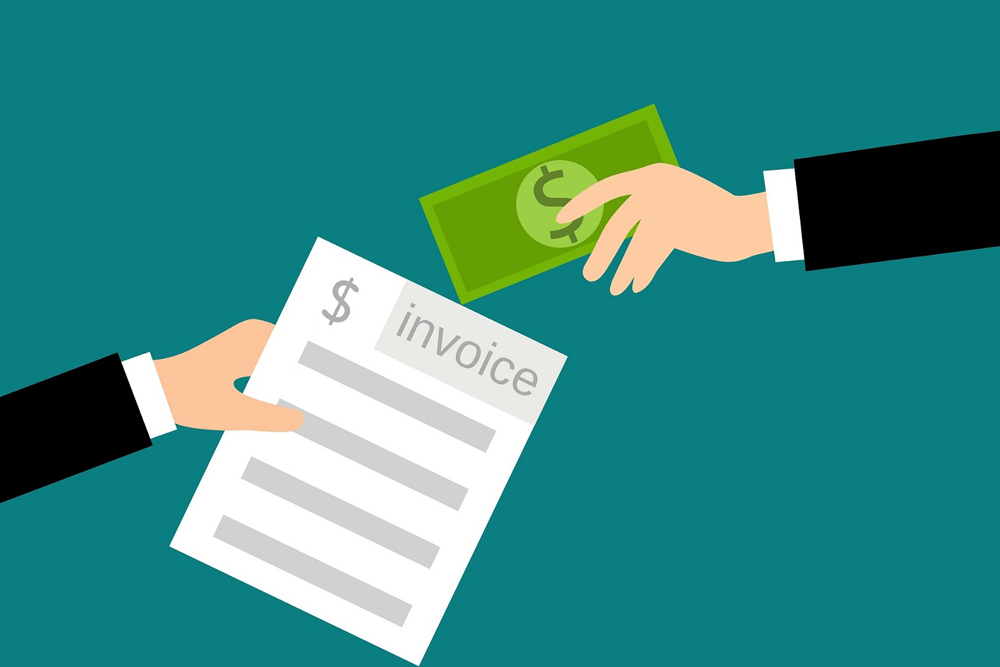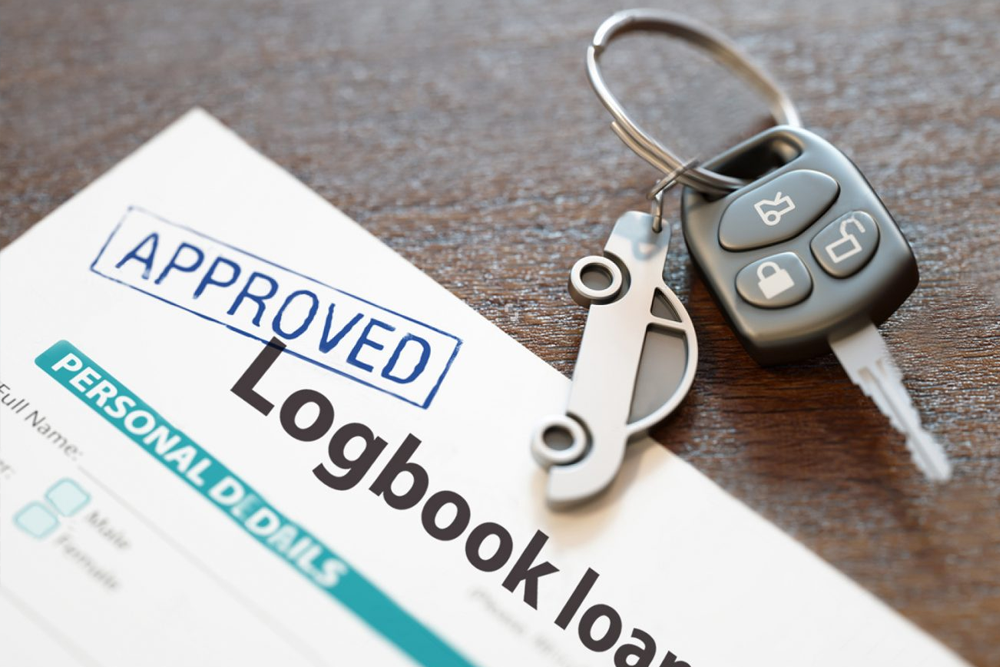Methods to Measure the Effectiveness of an Equipment Financing Marketing Campaign
Tracking is vital to any marketing campaign. Marketing tracking helps lenders measure clients’ satisfaction, the brand’s identity, and the opinion of new financial services or products. If you are not tracking your marketing campaign, you are not marketing. When you market or promote on a website or other social media pages such as LinkedIn, you can access analytics on your client visits. Nonetheless, getting this data becomes more challenging when you use offline campaigns like newspaper ads, magazine advertisements, and television commercials. In this article, we will focus on tracking a marketing campaign for equipment financing and other equipment finance options.
In this post, we will cover:
1. Why should lenders track equipment financing campaigns?
2. Types of marketing campaigns used by small businesses to promote equipment financing product
- 2.1 Outbound Marketing
- 2.2 Inbound marketing campaigns
3. Marketing metrics you can use to measure the effect of a marketing campaign
- 3.1 How to track equipment financing marketing campaign using call tracking for business development
- 3.2 How to track equipment financing marketing campaign using CRM
- 3.3 Ad network conversion tracking
4. Allocating marketing campaigns budgets
5. What is equipment financing?
Why should lenders track equipment financing campaigns?
Why tracking your equipment financing marketing is essential.
Regardless of whether you are launching a new business or operating a small business, tracking will show you which digital marketing tools are working and which ones are not. It will help you assess your marketing efforts and where you are spending your marketing and promotion budget. In the long run, tracking offline marketing efforts can help lenders create a more cost-effective marketing campaign that will provide them with the results they need without wasting money. To effectively manage your equipment financing marketing strategy, ensure you outline it in your business plan.
Types of marketing campaigns used by small businesses to promote equipment financing products
Types of marketing campaigns that can be used by equipment financing companies
For most companies that provide commercial lending, mainly the larger ones, marketing is a fluid and constantly changing procedure that never stops. Many small business owners run several different kinds of marketing campaigns at once. Generally, there are two main schools of thought regarding the marketing strategy you most probably will use: outbound and inbound marketing theories. Here is a nutshell of the two:
| Outbound marketing campaign | Inbound marketing campaign |
| A type of old-school marketing campaign that can be used by new, established, and midsized businesses to attract attention to their loan products. | A digital marketing strategy that lures customers to equipment finance and lease companies websites and social media sites. |
Outbound Marketing
This is a kind of marketing plan where your startup or established business tries to attract attention to their service or product by campaigns that go “out” into the marketplace to generate sales. Many consider this kind of marketing to be old school because of the dramatic rise in popularity of the World Wide Web and the internet. Below are some typical outbound marketing plans:
- TV, Print, Business news, Radio advertising;
- Public relations campaigns;
- Direct mail;
- Outbound calling.
Inbound marketing campaigns
Long gone are the days of face to face salesman, and other kinds of outbound marketing are fading faster too. Generally, inbound marketing has taken over, and it is proving to be much more effective than older outbound marketing campaigns. The inbound marketing strategy is designed to lure clients to your company by such means as attracting people to your company website or by the effective placement of advertisements on popular social media sites. This kind of approach is much more subtle than outbound marketing in practice. Below are some typical inbound marketing strategies:
- On-site/In-person interactions;
- Social media placement;
- Email marketing and promotion campaigns;
- Website based contact (including both web content, paid search, and search engines).
Marketing metrics you can use to measure the effect of a marketing campaign
Simply put, marketing metrics are a collection of numerical data that enables you to get some perspective on a marketing campaign to check if it met the goals your business set for it. Marketing campaigns are meant to allow for business growth. Campaign profitability reports are regarded as a return on investment and marketing analysis tool.
There are various ways you can generate data with which to form a particular metric. Here are a few methods in which this can be done:
- Web content (content): it is the study of how effective what you post on your website is at both informing the visitors and getting them to take some action to your commercial loans; this depicts that the quality of the content was good enough that those visitors followed along all the way to the actionable task you had set.
- Lead conversion: This is gathering information on people from the first time they come into contact with your marketing campaign and then follows them all the way through the various stages of the lead generation procedure. This includes the original contact, then on to being a sales prospect, and all the way to becoming an actual client. This metric tracks where you lost potential clients in the lead process and helps you establish theories as to why.
- Individual visitors: This is information that tracks when an individual user first visits your company website during a particular period and how many times that same person came back to revisit the website. This metric allows you to see how effective every phase of a particular marketing plan was.
- Tracking returning visitors versus new ones: This metric helps you establish how effective new site content drives traffic to its website. This is one method that is not simple to get accurate. It is sometimes best done by asking the people who visit your website why they visited your site the first time or what it was that peaked their interest to make them come again.
Other marketing metrics include email openings, forum conversation rates, market research, word of mouth, form conversation rate, and social media effectiveness.
How to track direct mail marketing and print online?
When creating direct mail marketing or print pieces, you want to track when the prospective client visits your website store to get more information. Every marketing method will have a unique URL resulting in a designated domain.
You can utilize the designated domains to track visitors using the log files. Having separate landing pages on every domain is vital. Nonetheless, they can look exactly alike; they should reside on the domain to get correct tracking results. In simple words, it would look like this:
- Magazine Ad 1 – Tracking Domain – http://www.YourBusinessOnline.com
- Radio Ad 2 – Tracking Domain – http://www.TheYourBusiness.com
- Direct Mail Piece one – Tracking Domain – http://www.VisitYourBusiness.com
Some of you will wonder about branding, so let us go ahead and get that out of the way. Generally, your advertisement should be developing a visual of your lease and finance brand. You still use “your business name” as a section of the URL; however, our goal here is more about tracking the marketing campaign’s success than branding. Note that you do not have to have separate sites for every domain, just separate landing pages. You can utilize subpages to direct the visitor to your “main” site.
So, how accurate is this type of market campaign tracking? It is not 100 percent; however, it is the simplest method to track your offline advertisements to check what is working. For instance, somebody could just see your startup brand and type in http://www.yourbusiness.com and end up on your main site. This would create an error in tracking the effectiveness of that advertisement. Realize there is some room for error.
How to track equipment financing marketing campaign using call tracking for business development?
Some of your marketing campaigns will generate phone calls that also require to be tracked. The best method to track your marketing campaign’s effectiveness and measure “call-in” volume is to use call tracking. When it comes to call tracking, you make a different telephone number for every of your marketing formats and track incoming calls using an application. You can use call tracking to evaluate your cost-per-call rate and cost-per-sale. Every advertisement must have a designated telephone number. You can use this data to see what advertisements are working and which are not. Call tracking can be utilized in radio commercials, direct mail, television commercials, and print advertisements.
There are many businesses that offer call tracking solutions, and you can also check with your present telephone company to see if that is something they offer. It is important that you receive a report displaying incoming calls in an itemized report that shows what phone number was called and what time that number was dialed, and what area that call originated from if you are doing a national marketing campaign.
How to track equipment financing marketing campaign using CRM?
(CRM) Customer Relationship Management platforms are a more powerful tool mainly used to manage your sales process or prospecting activity. They enable you to create personalized business customer portals and prospects, listing their phone numbers, names, referral sources, addresses, and many other snippets of marketing data to help you really understand your equipment financing company. You can’t grow your business without understanding your customer base.
Customer portals can be extremely powerful when it comes to tracking your financing and leasing programs marketing campaigns. You can sort or filter your prospects by campaign ID, referral program, or lead source in most situations, giving you real-time access to see how your marketing campaign efforts are paying off. Moreover, many CRMs have an email and marketing automation component to them, which indicates you can start making customized, relevant email messages automatically depending on the lead’s tracking source.
For instance, if a prospect came in looking for discounts on a Heavy Equipment Financing Company for truck financing, you would want to send them an email message, or maybe a coupon relating to a tractor’s financing – not a generic email about heavy equipment or other types of equipment that you finance.
Ad network conversion tracking
All major ad channels or networks, such as Bing Ads, Facebook Ads, Instagram, or Google AdWords, offer a conversion tracking tool. These tools are incredibly essential since they let you determine whether your paid campaigns are really working. You will get information on sign-ups, new sales, app downloads, phone calls, and more. This is also a fairly fast process to implement, and the insight you will obtain by tracking these results will help you manage your marketing budgets more effectively.
Allocating marketing campaigns budgets
Tracking and monitoring your marketing advertisements and efforts will help you allocate your marketing budget in marketing campaigns that you are sure will work. There is nothing more devastating to a business than to spend money on an advertisement that generates no or little results. This can strain your cash flow and waste your resources. Financial institutions should adopt an “always-on” marketing approach to providing business funding, in addition to competitive interest rates, to outperform competitors. Tracking your offline marketing efforts can provide you with the knowledge you require to have when understanding what worked and what did not. The result is a correct measurement of what marketing campaign efforts were effective and no longer depend on incorrect guesswork to determine where you spend your marketing budget.
What is equipment financing?
Equipment financing refers to a small business loan used to purchase business-related equipment, such as a vehicle, restaurant oven, or a copier scanner. Equipment financing is typically used to buy a tangible asset for business purposes apart from commercial real estate. Equipment loans provide for monthly payments that incorporate interest and principal over a fixed term. As security for the debt, the lender may require the borrower to provide a lien on the equipment as collateral against the loan. The structure of equipment financing may also impose a lien upon additional business assets or require a personal guarantee. Failure to pay your loan might result in the repossession of your company assets or your personal assets—if you used a personal guarantee. A careful assessment of the loan terms is vital to understanding your risk. Equipment financing companies offer various programs, including transportation finance, healthcare finance, and restaurant finance.
To qualify for an equipment loan, a borrower needs a good credit score, strong annual revenues and cash flow, and a quote for the new equipment. You will also provide your business bank account statements. If you finance your equipment through a traditional bank or credit unions, they will probably assess your financial statements, including balance sheets and cash flow statements.
Borrowers with limited credit history can get funding from alternative lenders. Equipment financing is different from equipment leasing, wherein you pay the owner of the machinery (equipment lessor) periodic rent for the use of the equipment over an agreed-upon period. At the end of the lease term, not unless you agree with the equipment leasing company on renewal terms or a buyout option, the equipment is returned to the owner. There are two types of leases: operating leases and finance leases. You can lease equipment through independent lessors, dealers, manufacturers, or banks.
As with all business financing options, repayment terms, loan origination fees, loan pricing, and interest rates will vary depending on the equipment leasing company and applicant’s qualifications. In addition to equipment financing, small business owners can also consider getting the money required for equipment purchase via other small business loans such as business credit card, business lines of credit, working capital loan, short-term loan, merchant cash advances, invoice factoring (accounts receivable financing) and SBA loans such as paycheck protection program PPP loans. Personal loans are also an alternative to business capital solutions that can be used to fund equipment purchases. Marketers and lenders should be able to track the marketing campaigns for all types of business financing.



















